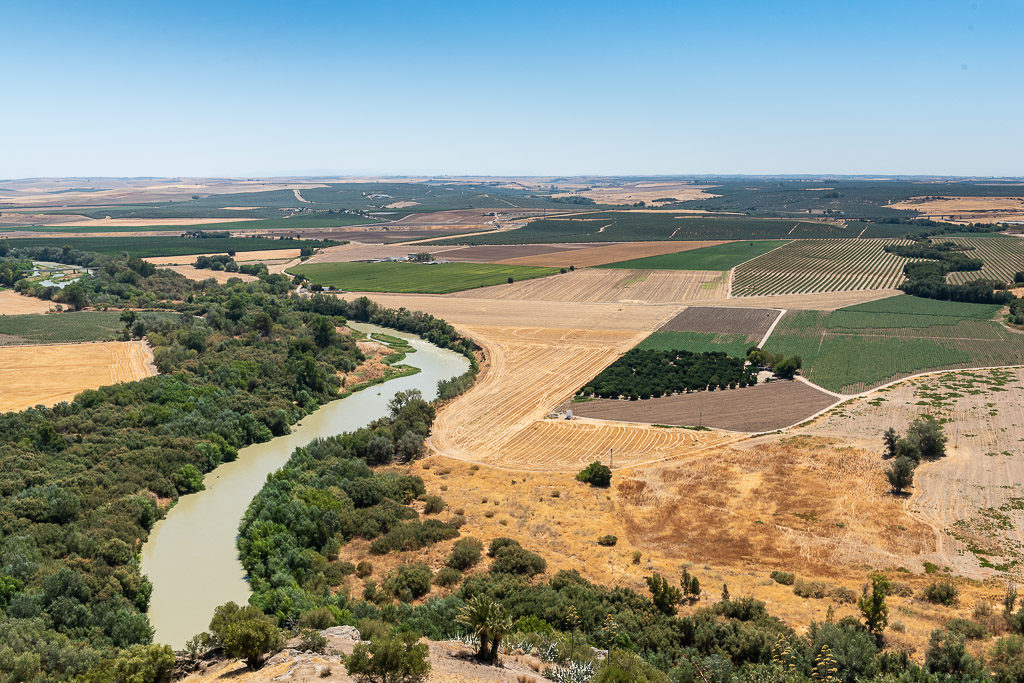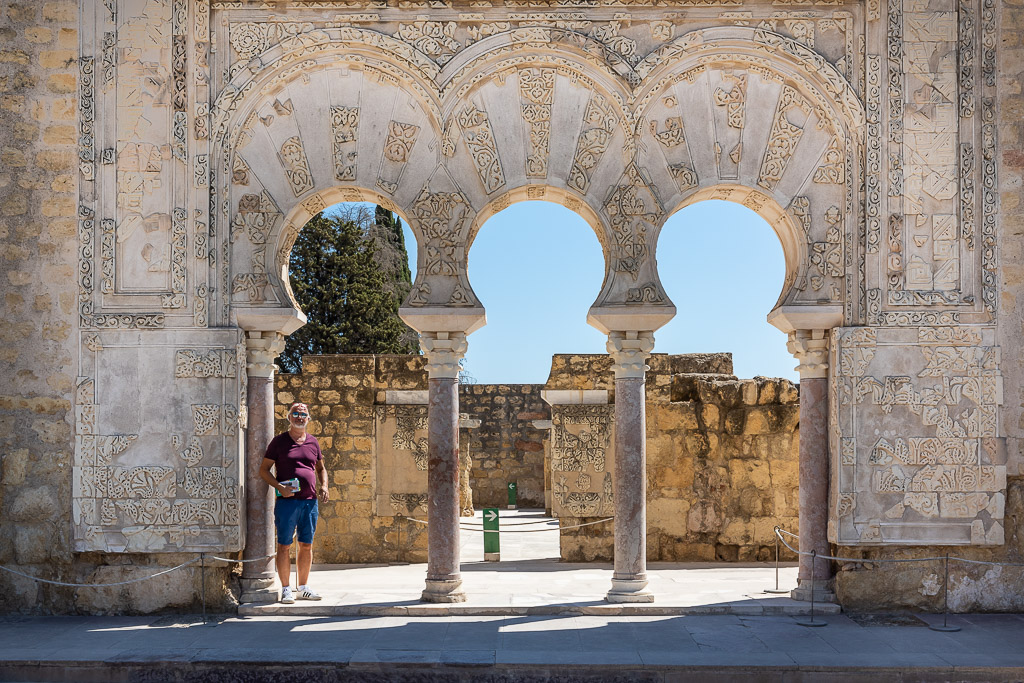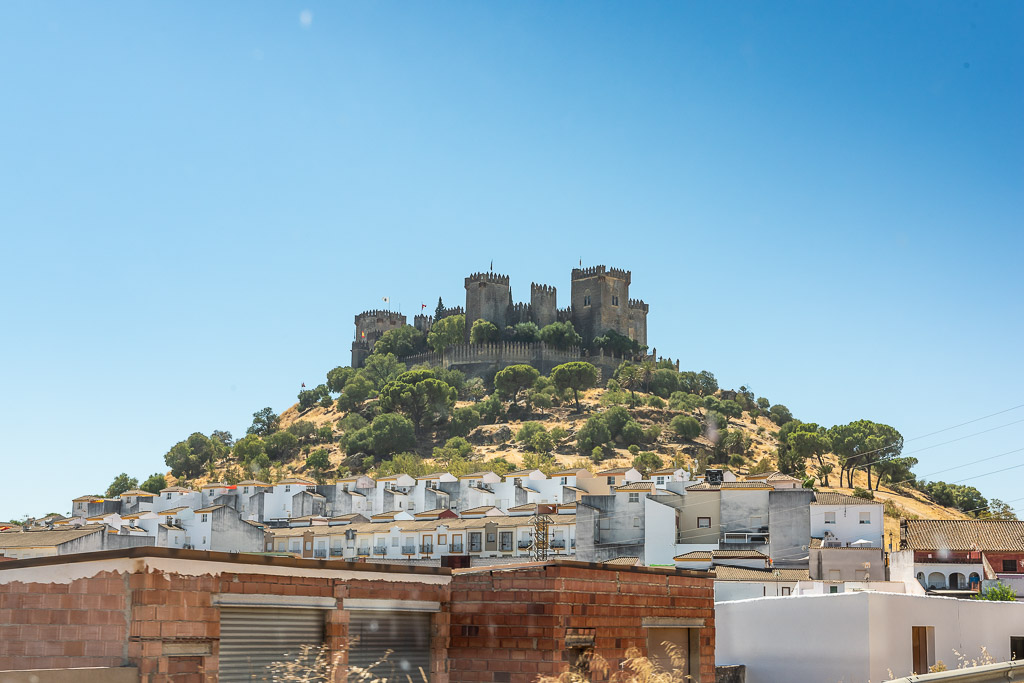Archidona town and history
Find out all about the history, heritage and culture.
Take the time to soak it all in and enjoy the vistas, scenery, nature and culture right at our doorstep
Share this blogpost on your socials
Archidona
Nuestro Pueblo
Archidona is located in the heart of the Northeast Region of Malaga at the foot of the Sierra de Gracia and surrounded by the Sierras del Conjuro and Las Grajas.
Archidona is home to a rich and diverse heritage, which throughout the ages has been saved and preserved .
The town is divided into two distinct areas; The area around the Castle-Mosque / Hermitage of the Virgen de Gracia, located on the Cerro de Gracia, the old Villa Alta of the town and on the Historic Center, located in the Villa Baja (now Archidona):
In the upper part of the town, located inside the “Sierra de Gracia”, there is what was formerly “Villa Alta de Archidona”, an archaeological site inscribed in the General Catalog of Andalusian Historical Heritage, under the name of “Castle- Hermitage Mosque of the Virgen de Gracia ”

The walled enclosure
The town is divided into two distinct areas; The area around the Castle-Mosque / Hermitage of the Virgen de Gracia, located on the Cerro de Gracia, the old Villa Alta of the town and on the Historic Center, located in the Villa Baja (now Archidona).
In the upper part of the town, located inside the “Sierra de Gracia”, there is what was formerly “Villa Alta de Archidona”, an archaeological site inscribed in the General Catalog of Andalusian Historical Heritage, under the name of “Castle- Hermitage Mosque of the Virgen de Gracia ”
The walled enclosure of Archidona (the Arab Arsiduna) is one of the most interesting areas of Muslim Spain and is declared BIC (Cultural Interest Asset). This space brings together archaeological remains that group eight centuries of history.
In this space historical events of great relevance took place: here Emir Ab-al-Rahman I was proclaimed, the city was the capital of the Cora de Rayya and one of the main supports of the Omar Ibn Hafsum revolt between the ninth and tenth centuries.
La Mezquita
Under the ruins of the castle is the Mosque, current Hermitage of the Virgen de Gracia, Patroness of the Archidona. The entrance to it is made by a courtyard that wants to imitate half a cloister, of clear Mudejar influence remodeled at the end of the 18th century, whose authors were, the local bells Francisco Berrocal and Francisco de Astorga, the latter boast of the Plaza Ochavada, leaving here a very similar imprint. Located since 2013, the “Interpretation Center of the Mozarabic culture”, which synthesizes an overview of the history of Cerro de Gracia and its surroundings.
Rising in a corner, the minaret of the old Mosque, now a bell tower, rises in dark brick.
The Mosque still retains its structure and has the privilege of being the only one preserved in the province of Malaga
The Castle
The fortress protected by an insurmountable pit that defended the position by itself and by two wall belts must have been impregnable, as the Arab and Christian chronicles attest. It is structured in two wall belts, the first is the highest and defends the fortress. In it is the main tower, called the homage in Christian times, and the fortress or residence of the wali. The second belt runs along the hillside and would protect the Medina or Muslim city.
The Fortress Gate is a corner door, characteristic of Muslim military architecture. The Alcazar facing east is square, it must have been the highest and most protected tower, since it houses the command post and the room of the walí or governor of the fortress.
Inside the fortress there were homes, silos and barracks for the guard, today we only see some foundations and the upper part of the cistern underneath, a key element in the resistance of the city during the many sieges he had to resist throughout of its history.
The three tower gates of the Castle of Archidona are typical of the fortified defenses of the Almohad era. Its access system in bend along with the semicircular towers near the entrance make it inaccessible places.
Between this defensive belt and the upper enclosure would be the Medina or Muslim city. Excavations have been carried out that have discovered the foundations of homes that have been valued, leaving them uncovered for contemplation, conveniently protected by a glazed structure: these remains correspond to an area of housing structures, from the Nasrid era.
The Hermitage of Virgin de Gracia
From 1462, the year in which Pedro Girón Maestre de Calatrava conquers Archidona, the old mosque was remodeled and adapted to Christian worship, serving as the first parish. The Virgin venerated there, from the days that followed the conquest is the Virgin of Grace, to whom since then great devotion is professed throughout the region. According to tradition, the conqueror carried it on his banner, and when he delivered it to the first warden of the fortress he said: “In Gracia I give it to you,” where the name of his invocation is believed to come from.
Schedule
from 8:00 a.m. to 1:00 p.m. and from 6:30 p.m. to 9:30 p.m. (from April to September)
from 9:30 a.m. to 1:30 p.m. and from 4:00 p.m. to 6:00 p.m. (from October to March)
Duration: Free visit
Prices: Free admission
ARCHIDONA
HISTORIC CENTER
located in the Villa Baja
Now Archidona
La Plaza Ochavada
Jewel of the Andalusian urbanism of the 18th century. The mix between French town planning and the Mudejar tradition results in one of the most beautiful public squares in Spain. In 2007 he received a popular recognition as “First Wonder of the Province of Malaga”.
It was built in 1786 by local alarms Antonio González Sevillano and Francisco Astorga Frías, who proposed a construction as original as an octagonal or ochava square that gave the Plaza its name, has monumentality and visually attractive scenery. The interior of this great work of urbanism combines in its facades the harmony of the red brick, matching the white of the lime, the orderly and clear rhythm of its structure, the sober architectural decoration of classical evocation, with an undeniable popular flavor in the one that combined the classic design with the popular language of the Andalusian patio.
On the other hand it is not a square that can be seen from outside, it must be reached, it has no external facades, it is an immense enclosed courtyard, within the concept of Islamic tradition of leaving the exterior facades mute and reserving all the charms for the interior .
Its eight facades, although all different, are locked in a unitary set, so that, if we are located in the center of the Plaza, nothing makes us think that there is something irregular.
Apart from its urban implications, the project had clear social connotations, when it was used to give work to the many unemployed that already existed and to eliminate unhealthiness in the area of the so-called “mule of San Roque”.
The dependencies that occupy the main facade, the highest and noblest of the Plaza were thought from the first moment to house a new “House-City Hall”, replacing the old Chapter Houses that threatened ruin. Currently after having been used in the twentieth century as public schools and Junior College; It has recovered its former use, being today the place occupied by the City of Archidona.
The Plaza in the course of its history has gone through various activities linked to trade and merchandise and the character of the Plaza as a stage for shows of a varied nature (musical, bullfighting, literary, etc.). Nowadays it is a meeting , leisure, culinary and recreation place, it hosts many events related to the festive and cultural cycle of Archidona (Holy Week, Dog Fair, etc.).
Santa Ana Church
Prices: Free admission
Address: Plaza de la Iglesia
The parish church of Santa Ana will be the first Christian temple erected in Archidona after Don Pedro Girón conquered it from the Arabs in 1462.
Its elevated situation quite a few meters above a square, “The Church Square”, gives it a package and a visual domain that enhances its spiritual strength. The temple is built between the end of the 15th century and the beginning of the 16th, possibly over an old mosque that was later hermitage.
On the outside of the building, supported on one of the side of the head, its original triangular tower, covered by a spire of glazed tiles, arranged as scales deserves special attention.
The building began to be built in the flamboyant Gothic style, then having a single nave, whose polygonal head is covered by a ribbed vault. This part is the only one that remains of the early Church, and appears elevated above the stands. At the end of the 19th century, two lateral ships were added and the central nave was raised. Possibly in this reform, an old wooden roof, from the end of the 17th century, would be replaced by the roof of work today visible. At the foot, the half-barrel vault choir carries an 18th-century organ, restored in the 20th century. The cover is from the last third of the 17th century.
The great altarpiece of the main altar, from the mid-18th century of carved wood. It is a display of fragile and rich architecture that evokes theater composition for its composition. The sculptural group of Santa Ana with the Virgin Girl, attributed to the sixteenth century, presides over this altarpiece, responding to the invocation of the temple. It should be noted, a large sample of sculptures from the Convent of Santo Domingo and the disappeared Hermitage of the Column.
Anecdotally, as part of one of the side altarpieces, it is worth mentioning the busts of San Zenón and Santa Palidata, mentioned in an 18th century document as primitive patrons of the Villa.
Convento Santo Domingo
Hours: Monday to Friday during business hours (hotel establishment)
Duration: Free visit (by appointment)
Prices: Free admission.
Address: Calle Santo Domingo s / n
Few buildings in Archidona have suffered such social, religious and political avatars. It has been reused and has had various uses: Convent, school, soap factory, again convent and finally hotel-school.
It is the only building that exists in Archidona, of Renaissance invoice on its facade. It was one of the first buildings settled in the Lower Villa, designed for an evangelizing task. It was founded by the Count of Urena. The works begin at the beginning of the 16th century, creating a Renaissance-style church that will gradually transform with the annexation of a ship on its left, an increase of the presbytery and the addition of the bulrush body.
The church starts from a single ship covered with Mudejar armor. The presbytery is square, raised above the stands and also covered with armor, which was opened to the ship through a large pointed arch. The cloister and the convent are located, by the topography of the land in a lower plane.
Between the end of the XVI and the beginning of the XVII the two dressing rooms are added in the annexed wing, at the entrance of the Church, the Sweet Name, and near the head of the Virgin of the Rosary, both decorated with striking plasterwork. By the time the convent was completed in the first half of the 17th century, its style was rather baroque and had moved away from the original Renaissance traces
Conceived as a focus of evangelization and preaching, from early on he executed this task so effectively that there is still an indelible trace of his work. The second task was given by the brotherhoods created in him. In the sixteenth century there are two, the Sweet Name and the Virgin of the Rosary, both arise from the great devotion that the Dominicans profess.
In the mid-nineteenth century, the dependencies of the church and those of the rest of the building that start a separate parallel path are officially segregated. The church will remain open to worship until 1945. Disgraced at the beginning of the 19th century and although it was used as a convent again later by the friars and later by the Dominican nuns, its ruin was inexorable given the poor construction.
During the 20th century it was used as a school and soap factory. Finally the collapse made the current rehabilitation necessary being used as a Hotel and Hospitality School today.
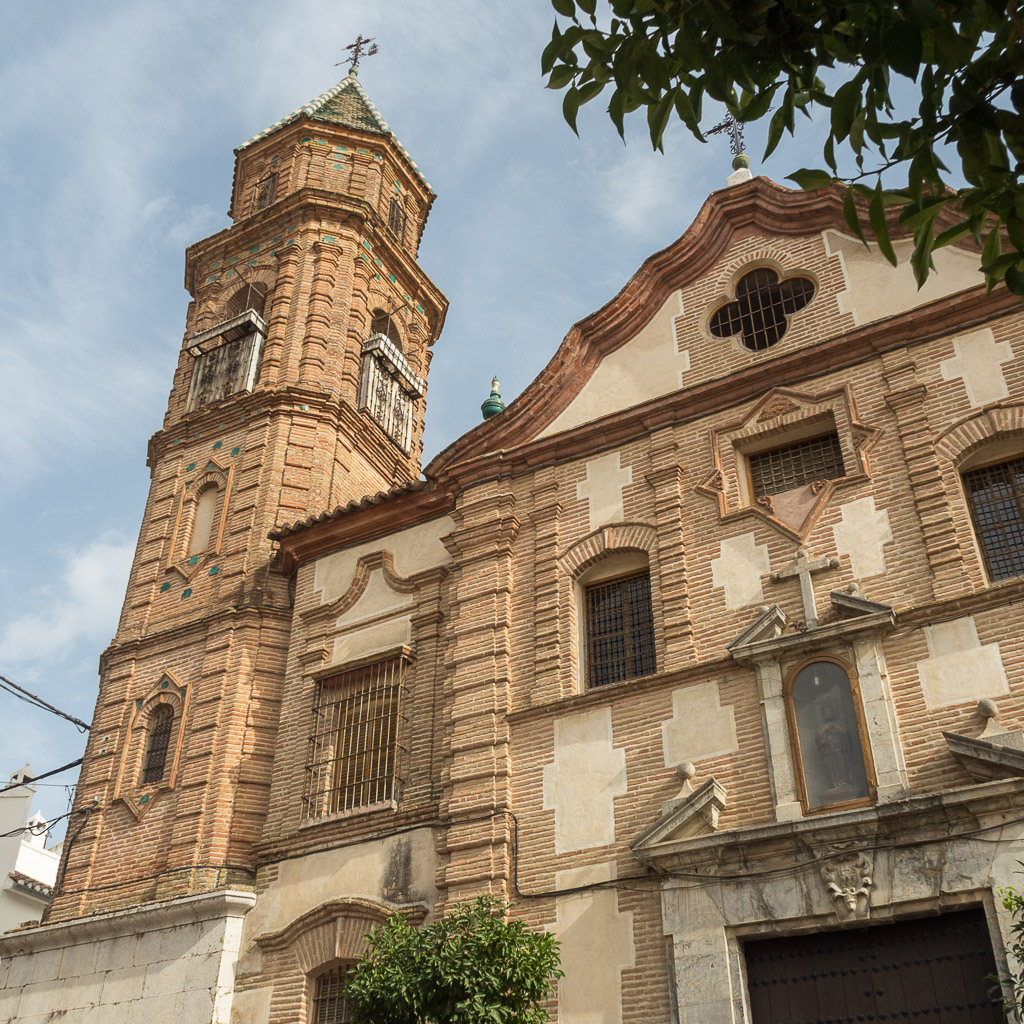
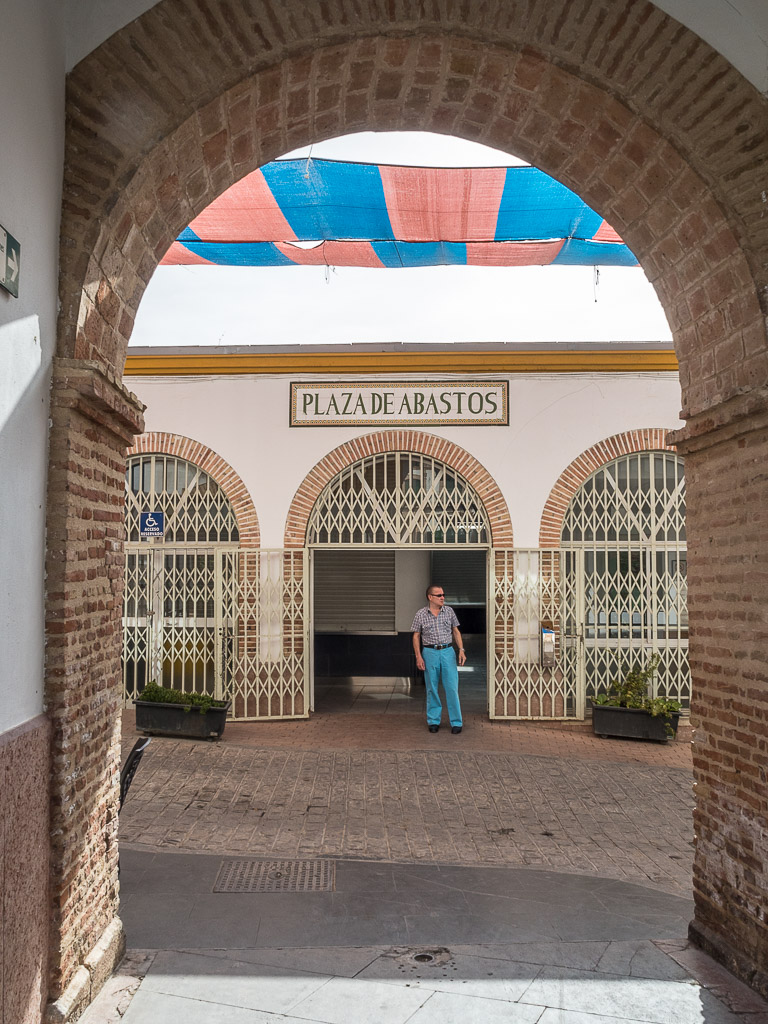
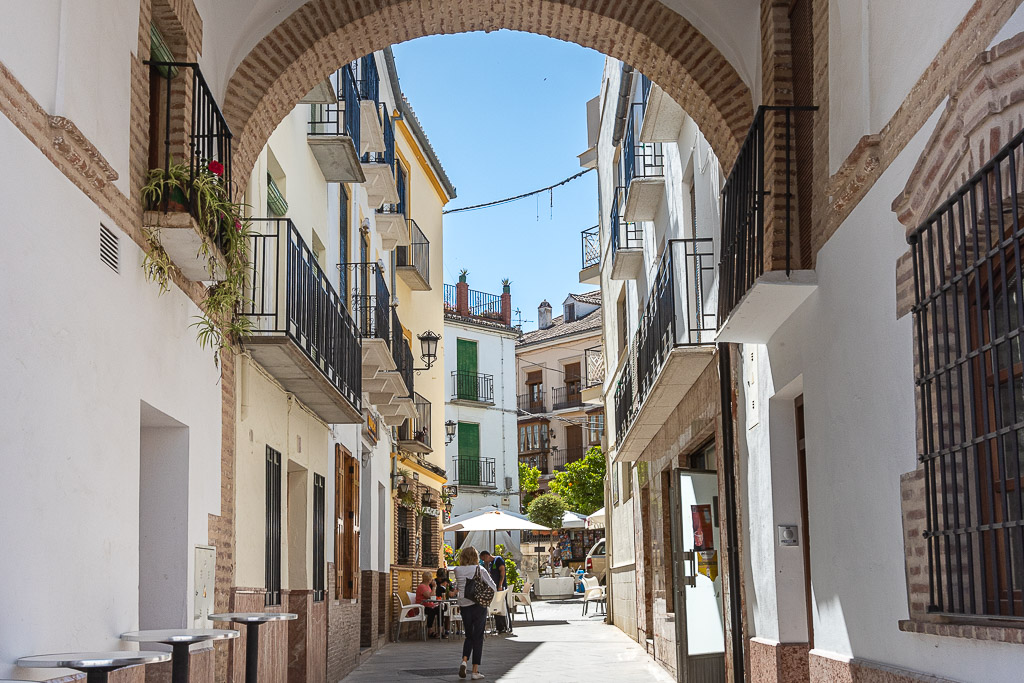
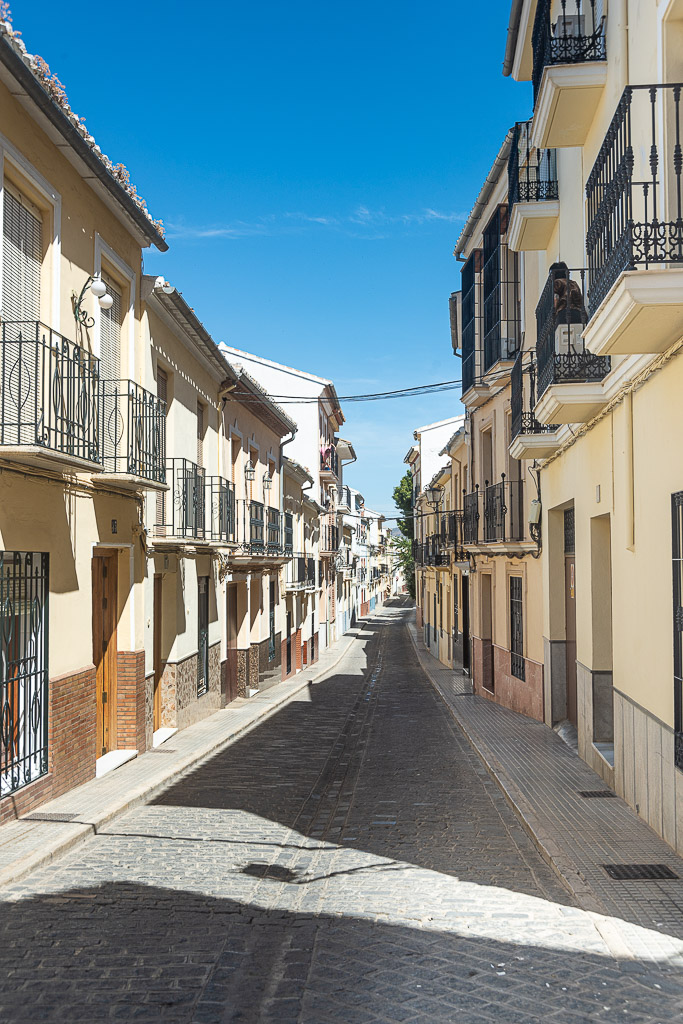

Convento de Jesus y Maria de San Francisco de Paula
Hours: From 9:00 a.m. to 1:00 p.m.
Sale of Artisan Sweets: From 10:00 a.m. to 12:30 p.m. / 5:00 p.m. to 7:00 p.m
Address: Calle Nueva, 39
Founded in 1551. The facade with three bodies, presents a distribution of holes and Mannerist spaces. These features relate this church to the Mudejar and Islamic tradition of this street, the suburb of the Muslim city.
The red color of the imposing tower of the 18th century, contrasts with the gray stone of its cover. Francisco de Astorga was the author of the facade and tower of the Convent, in it there are constructive elements that also appear in the Plaza Ochavada
Regarding the Church, they would initially use the old hermitage of Jesus and Mary until they began to build it. The current church, from the 17th-18th centuries, shows a single nave, covered with a half-barrel vault with lunettes, alternating with trilobed arches and a hemispherical vault crowned with an ochavado skylight.
On the left wall of the same, an altar dedicated to the “Virgen del Fuelle” stands out. It is the image of a Flemish sculpture of Renaissance style, carved wood relief of the sixteenth century, made on the face of a bellows of 35 cm. According to legend, which can be read on the cartouche that borders the altar, it was rescued by Don Pedro Clavero de León “from the power of the infidels, in Flanders.”
The interior of the Convent has a spacious and cozy structure, arranged around an inner courtyard. In the low zone, and communicated with this patio, the various dependencies are located

